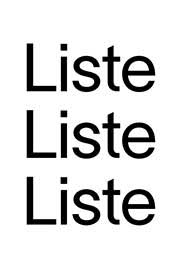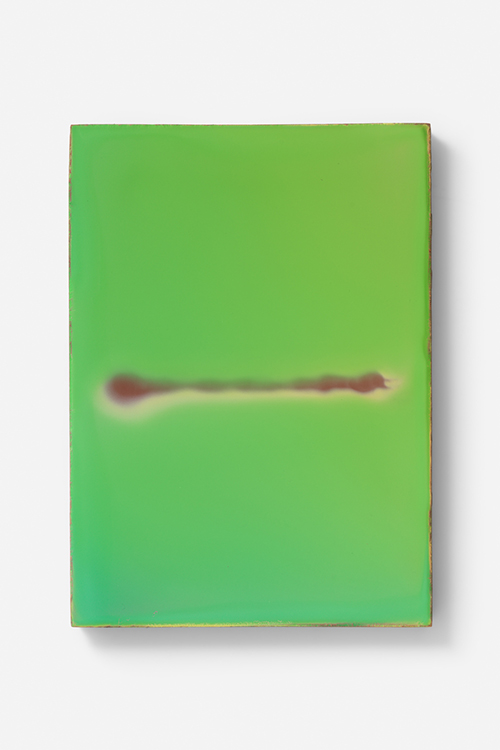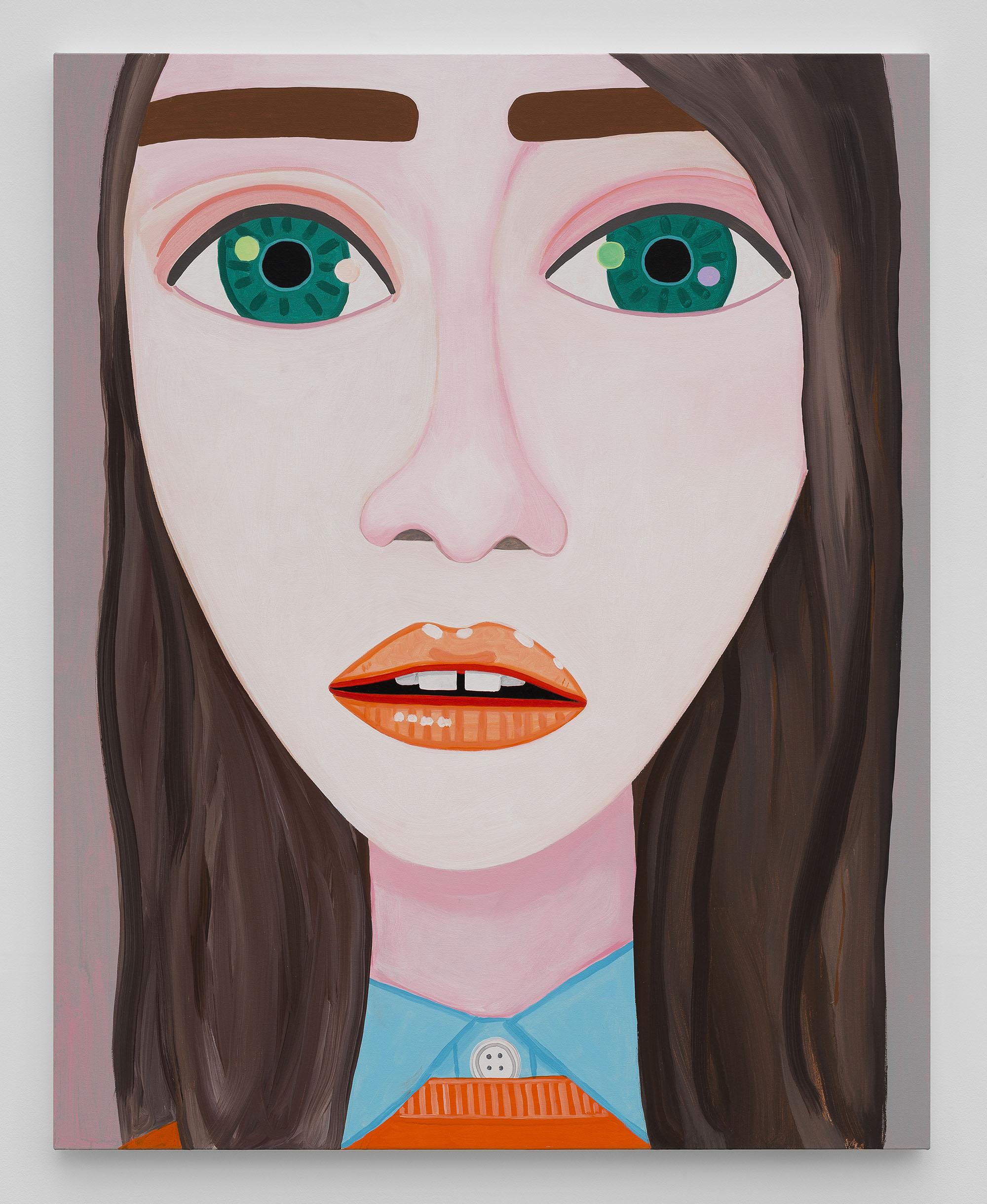
Maria Chiara Valacchi: Does the place where you work, the light you use to paint and the “horror vacui” of the blank canvas, generate an essential relationship or are elements detached from the final result?
Rasmus Nilausen: Physical circumstances will always influence us. Thinking about a studio situation, obvious things like economy, material, light, ventilation and square meters, just to name a few, are always important. For a studio-based practice like painting, the context where the work is done plays an important role, obviously. That goes for both making and showing the work. But, since my paintings come to life fruit of imagination and problem solving, rather than mimetic observation, it is not close to being an exact equation, I guess. After all, once you are really concentrated you could be anywhere. New normal quickly becomes familiar

MCV: Do you approach the question of language with attention or do you think that the research of a personal and unusual identity is far from the real goals of making Art?
RN: I think that most things, including art, are indeed about language. It is hard to say anything without it, right? Having lived abroad for about half of my life and the constant back-and-forth between European languages have brought some headaches, misunderstandings and sometimes even advantages, that comes with translation. This biographical circumstance might result in finding a certain comfort for me when it comes to dealing with a wordless language as painting. I have always identified with the heretic monk Salvatore from The name of the rose. This character invented by Umberto Eco would always speak a random number of known and unknown languages in the same sentence. Creating through fragments a new and personal language. What I try to do in the studio is a bit like that

MCV: When did you realize you are a professional painter?
RN: Like many other things in the art world my memory is not what it used to be. Surely I thought of myself as an artist long before I really was (or wasn’t) one. For me, the professionalism is in the attitude towards the work. The lack of a plan B is probably a good indicator for that sort of thing

MCV: Explain your work on a technical level: materials and construction of the work of art
RN: Somehow I deal with painting the way I am with most other things in life. It’s very constant yet interrupted by other things. Which is not necessarily bad
My way of addressing the act of painting changed, once I realised that having a style was not necessarily imperative to me. I always work on around five to ten paintings at a time. Sometimes I become obsessed with one idea, but usually a sort of fermentation happens in the studio where time becomes responsible for deciding when a work is as close to finished as it can come. Until I change it again
Constructing an image is not always a planned process and I will often remove layers in order to get back to the lighter parts. It goes both ways, adding and removing. Every once in a while a work will appear in a single session. I wish it could happen all the time, but because I have no idea what the painting is supposed to look like until it is finished, it can’t always be like that. Deadlines and varnish are in that sense also trustworthy decision-makers





Photo: Roberto Ruìz
All Images Courtesy of the Artist
Around The Studios
Interview to Rasmus Nilausen
Four short questions by Maria Chiara Valacchi to renowned painters around the world; from the conceptual problem of "Language" to the relationship with the space where they paint, to virtually enter inside their studios and minds!
*
"Around The Studio" is curated by Maria Chiara Valacchi and Antonio Di Mino



